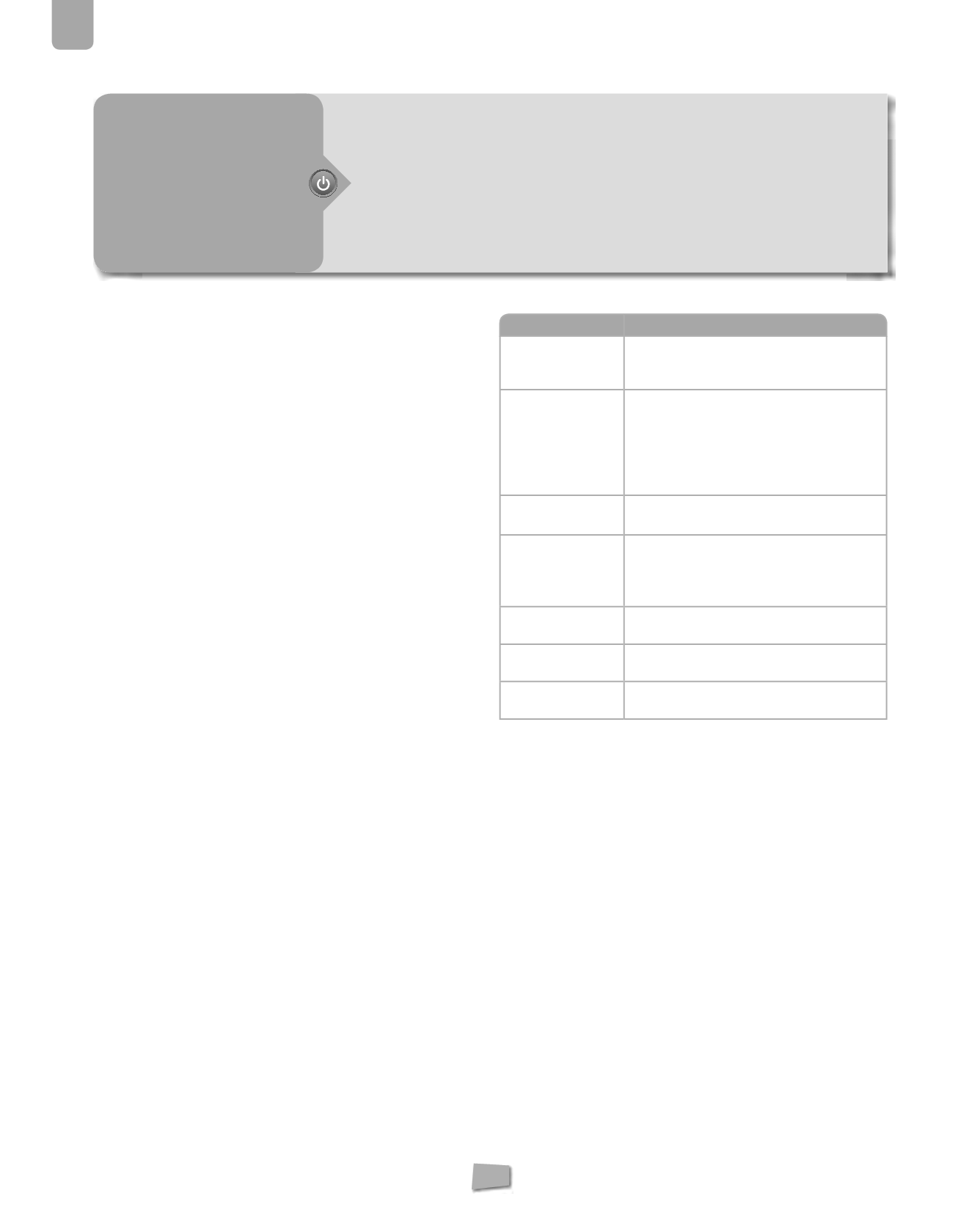
5
Structures
100
STRUCTURES
S
tructures are an essential part of technology projects, so it’s
important to begin the unit by emphasising this. This is why
we start by looking at a real-life case in which the structure of
a bridge collapsed because of its bad design and miscalculations as
to how it would behave when affected by wind. So, before working
on the material in the unit, students are presented with a real-life
case in which structures play an essential role.
Students learn how different forces can act on any given object and
that these forces can cause an object to change its shape or state
(from a state of movement or rest). It is the object’s structure that
prevents it from becoming deformed. The different types of stress
which objects are subjected to when they are acted on by one or
more forces are discussed. Also covered are the various human-
made structures which have been used throughout history, including
those which continue to be used because of their properties of
durability and resistance. Students also learn about the different
parts which these structures consist of and the types of stress which
they undergo.
The final task for this unit is the design, construction and testing of a
bridge made from paper and cardboard. This task is tailored to fit in
with specific evaluation aims and criteria. It also allows the content
to be introduced progressively through a common thread, which
also acts as a learning stimulus for students.
Preparation for the task must start from the beginning of the unit
so that progress through the presentation of the theoretical and
practical content takes place simultaneously. The order of the
different stages of the task is shown in the student’s book by means
of a special symbol.
The task also contributes to the development of key competences.
This occurs through the process of working out technical solutions,
and an analysis of the construction process when the results are
checked. Digital competency is developed during the creation of
an explanatory video which also requires competence in linguistic
communication. The task also has smaller activities which cover
different competences as summarised in this table:
KEY COMPETENCE ACTIVITIES OF THE TASK GUIDE
•
Linguistic
communication (LC)
❚
Spoken description of the characteristics of
the bridge and the way it operates, using the
vocabulary learned in the unit.
•
Mathematical
competence and
key competences
in science and
technology (MCST)
❚
Understanding of the initial stage of building the
bridge and its model, including carrying out any
necessary calculations.
❚
Use of plans and scales when designing the bridge.
❚
Use of the acquired knowledge in the design of the
bridge.
•
Digital competence
(DC)
❚
Using a programme of virtual tests for structures.
❚
Making a presentation video of the bridge.
•
Learning to learn (LL)
❚
Designing solutions that incorporate acquired
knowledge.
❚
Learning by trial and error to test the resistance of
the bridge.
•
Social and civic
competence (SCC)
❚
Making group decisions about the design and
planning for construction of the bridge.
•
Sense of initiative and
entrepreneurship (SIE)
❚
Innovation in the design of an appropriate solution.
•
Cultural awareness
and expression (CAE)
❚
Use of historical knowledge of structures while
designing the solution.
Aims
❚
To analyse simple durable structures, identifying the elements
which they consist of and the loads and stresses which they are
subjected to.
❚
To use structural elements in an appropriate way during the
making of small structures that solves concrete problems.
❚
To appreciate the importance of the shape and the material in the
composition of structures, as well as their relationship with the
evolution of structural models throughout history.
Suggested timing
This unit could beworked on over a period of 3weeks (approximately
6 to 8 lessons). The number of sessions could be defined by the
interest of students on the contents of the unit, by the teacher’s
motivation and also by how the lesson plan works for the group.
Mixed ability needs
With the aim of accounting for students’ different learning speeds,
some reinforcement and extension activities are suggested which
can be used as alternatives or to complement those which feature
in the student’s book. There are also graded activities in the form
of worksheets which can be used for curricular adaptation in cases
where it is necessary.
5


